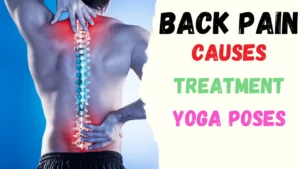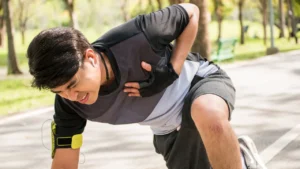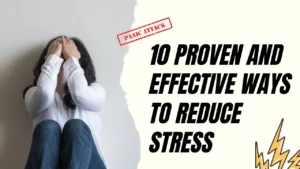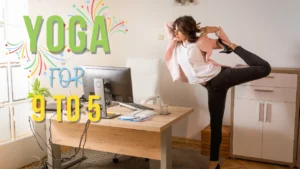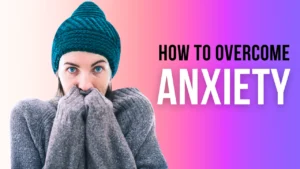
Back pain is a common condition characterized by discomfort or pain in the back, usually in the lower back. It can vary from a dull, persistent ache to a sudden, sharp pain. Back pain can be acute, lasting a few days to a few weeks, or chronic, lasting for three months or longer.
Table of Contents
10 Potential causes of back pain
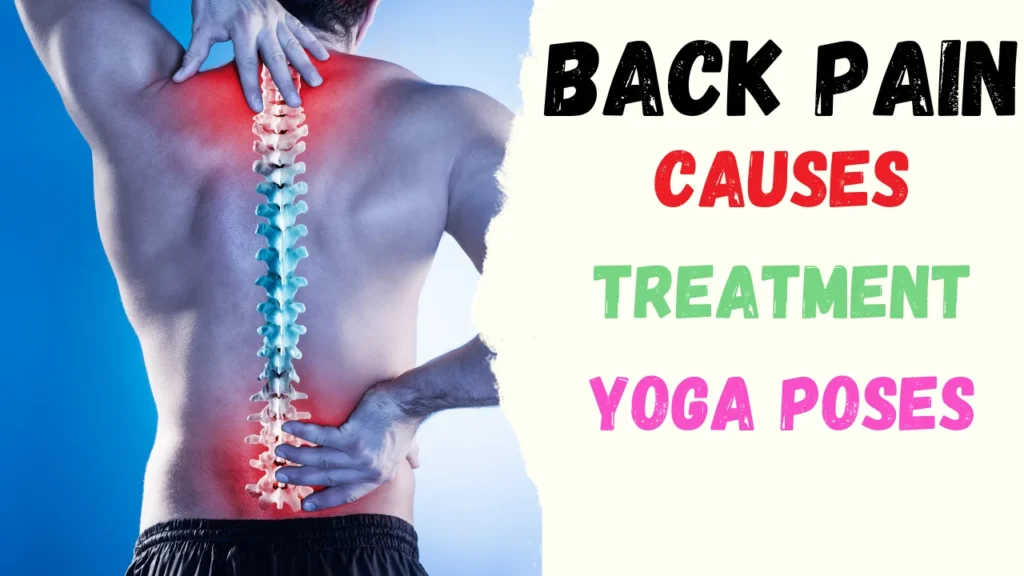
Muscle or Ligament Strain: Overstretching or tearing of muscles and ligaments in the back can lead to pain. This can happen due to lifting heavy objects, sudden movements, or poor body mechanics.
Structural Problems: Issues with the spine’s structure, such as herniated discs, bulging discs, or problems with the vertebrae, can cause back pain. These structural issues may put pressure on nerves, leading to pain.
Arthritis: Osteoarthritis and other forms of arthritis can affect the spine and contribute to back pain. Arthritis involves the breakdown of cartilage that cushions the joints.
Osteoporosis: This condition weakens the bones and makes them more susceptible to fractures, including in the spine. Compression fractures of the vertebrae can cause back pain.
Scoliosis: Abnormal curvature of the spine can lead to back pain, especially if the curvature is severe.
Other Medical Conditions: Various medical conditions, such as kidney stones, infections, and fibromyalgia, can also cause back pain.
Poor Posture: Maintaining improper posture over time can strain the back muscles and lead to pain.
Obesity: Excess body weight can put additional stress on the spine and contribute to back pain.
Lack of Exercise: Inactivity and a sedentary lifestyle can weaken the muscles of the back and contribute to pain.
Psychological Factors: Stress, anxiety, and depression can also contribute to back pain or exacerbate existing pain.
It’s important to note that back pain is a complex condition, and its causes can be multifaceted. In many cases, it’s a combination of factors. If you’re experiencing persistent or severe back pain, it’s advisable to seek medical attention to determine the underlying cause and develop an appropriate treatment plan. Treatment may involve medications, physical therapy, lifestyle modifications, or, in some cases, surgical intervention.
Why Lower Back Pain Happens?

Lower back pain refers to discomfort or pain in the area between the bottom of the ribcage and the top of the legs. It’s a common condition and can be caused by various factors, including muscle or ligament strain, herniated discs, arthritis, and other structural issues. It can be acute (lasting a few days to a few weeks) or chronic (lasting for three months or longer).
Treatment of Lower Back Pain
Treatment for lower back pain depends on the underlying cause and the severity of the pain. Here are some general approaches to managing and treating lower back pain:
Rest: In the case of acute lower back pain, short-term rest may be beneficial. However, prolonged inactivity is generally not recommended, as it can lead to stiffness and muscle weakness.
Medications:
Over-the-counter pain relievers: Nonsteroidal anti-inflammatory drugs (NSAIDs) like ibuprofen can help reduce pain and inflammation.
Muscle relaxants: These may be prescribed to alleviate muscle spasms.
Pain medications: In some cases, stronger pain medications may be prescribed.
Heat and Cold Therapy:
Heat therapy: Applying heat, such as a hot pack or warm bath, can help relax muscles and improve blood flow to the affected area.
Cold therapy: Applying ice or a cold pack can help reduce inflammation and numb the area.
Physical Therapy: A physical therapist can provide exercises and stretches to strengthen the muscles, improve flexibility, and promote proper posture.
Exercise for Lower Back Pain Relief
Low-impact activities: Engaging in activities like walking, swimming, or stationary biking can help maintain flexibility and strengthen the core muscles.
Core exercises: Strengthening the abdominal and lower back muscles can provide support to the spine.
Maintaining Good Posture And Back Pain Relief
Maintaining good posture and using proper body mechanics, especially when lifting heavy objects, can help prevent further strain on the lower back.
Weight Management: Maintaining a healthy weight reduces the stress on the lower back and can help prevent or alleviate pain.
Supportive Measures:
Using supportive devices, such as lumbar cushions or ergonomic chairs, can promote better spinal alignment.
Injections: In some cases, corticosteroid injections may be recommended to reduce inflammation and alleviate pain.
Surgery: If conservative treatments are not effective, and the pain is due to a specific structural issue like a herniated disc, surgery may be considered.
It’s important to note that the appropriate treatment for lower back pain varies from person to person, and a healthcare professional should be consulted for an accurate diagnosis and personalized treatment plan. If lower back pain is severe, persistent, or associated with other concerning symptoms, seeking medical attention is crucial to rule out serious underlying conditions.
10 Best Yoga Poses for Lower Back Pain
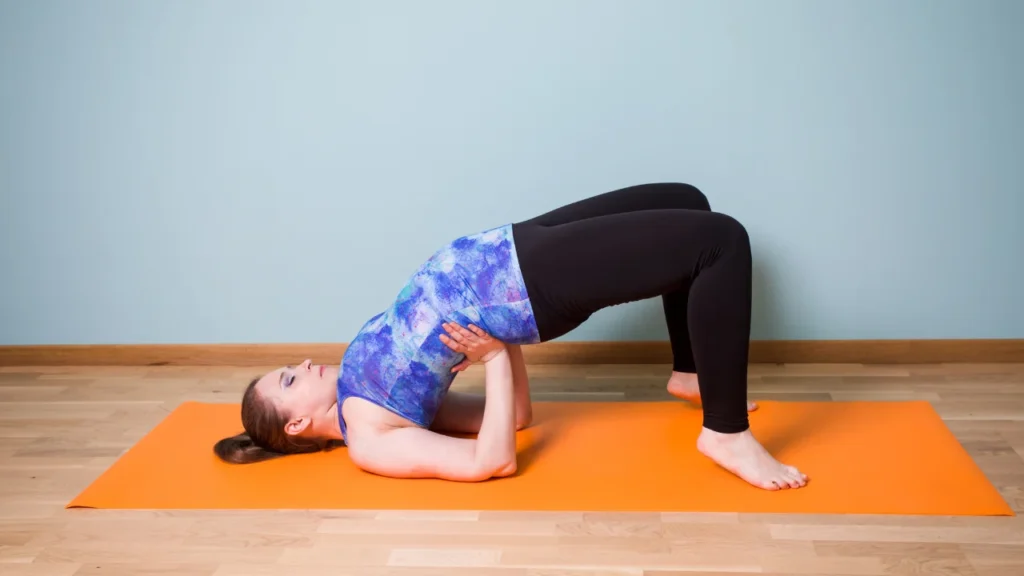
Yoga can be a helpful practice for relieving lower back pain by improving flexibility, strength, and promoting relaxation. However, it’s essential to approach yoga with caution and consult with a healthcare professional before starting any new exercise routine, especially if you have existing health conditions. Here are some yoga poses that are generally considered beneficial for lower back pain relief:
1) Child’s Pose (Balasana):
- Kneel on the mat, sit back on your heels, and extend your arms forward with your forehead resting on the ground.
- This pose helps stretch and relax the lower back.
2) Cat-Cow Stretch (Marjaryasana-Bitilasana):
- Start on your hands and knees in a tabletop position.
- Inhale, arch your back, and lift your head and tailbone (Cow Pose).
- Exhale, round your back, and tuck your chin to your chest (Cat Pose).
- Repeat in a flowing motion.
3) Downward-Facing Dog (Adho Mukha Svanasana):
- Start on your hands and knees, lift your hips towards the ceiling, and straighten your legs.
- Press your heels toward the floor, and keep your head between your arms.
- This pose stretches the entire spine and helps relieve tension in the lower back.
4) Upward-Facing Dog (Urdhva Mukha Svanasana):
- Lie on your stomach, place your hands beside your chest, and lift your upper body while keeping your hips on the mat.
- This pose helps strengthen the back muscles and opens the chest.
5) Puppy Pose (Uttana Shishosana):
- Start in a tabletop position and walk your hands forward while lowering your chest toward the floor.
- This pose stretches the spine and opens the shoulders.
6) Bridge Pose (Setu Bandhasana):
- Lie on your back, bend your knees, and place your feet hip-width apart.
- Lift your hips towards the ceiling while pressing your feet into the mat.
- This pose strengthens the lower back and engages the core.
7) Cobra Pose (Bhujangasana):
- Lie on your stomach, place your hands under your shoulders, and lift your chest while keeping your hips on the mat.
- Cobra pose helps strengthen the lower back and improves flexibility.
8) Knees-to-Chest Pose (Apanasana):
- Lie on your back, hug your knees to your chest, and gently rock from side to side.
- This pose stretches the lower back and helps release tension.
9) Seated Forward Bend (Paschimottanasana):
- Sit with your legs extended in front, hinge at your hips, and reach toward your toes.
- This pose stretches the hamstrings and lower back.
10) Thread the Needle (Parsva Balasana):
Begin in a tabletop position, slide your right arm under your left arm, and lower your right shoulder to the mat. This pose provides a gentle twist to the lower back.
Remember to listen to your body, and if a pose causes pain or discomfort, stop and consult with a yoga instructor or healthcare professional. Additionally, consistent practice and a gradual approach are key to experiencing the benefits of yoga for lower back pain relief.
Read More Articles on Health From our Health Section : Lets Go
- 10 Best Ways Avoid Back pain. Causes, Treatment , And Poses For Back pain Relief
- How Over Exercising can lead to Heart Attack! 6 Ways to Avoid Heart Attack during Exercise.
- 10 Proven and Effective Ways To Reduce Stress
- 20 ways, How Yoga can Improve your Heart Function; Exercises and Poses for 9 to 5 People
- 3 Proven Ways to Get Out of Anxiety: A Simple Guide for Better Life


